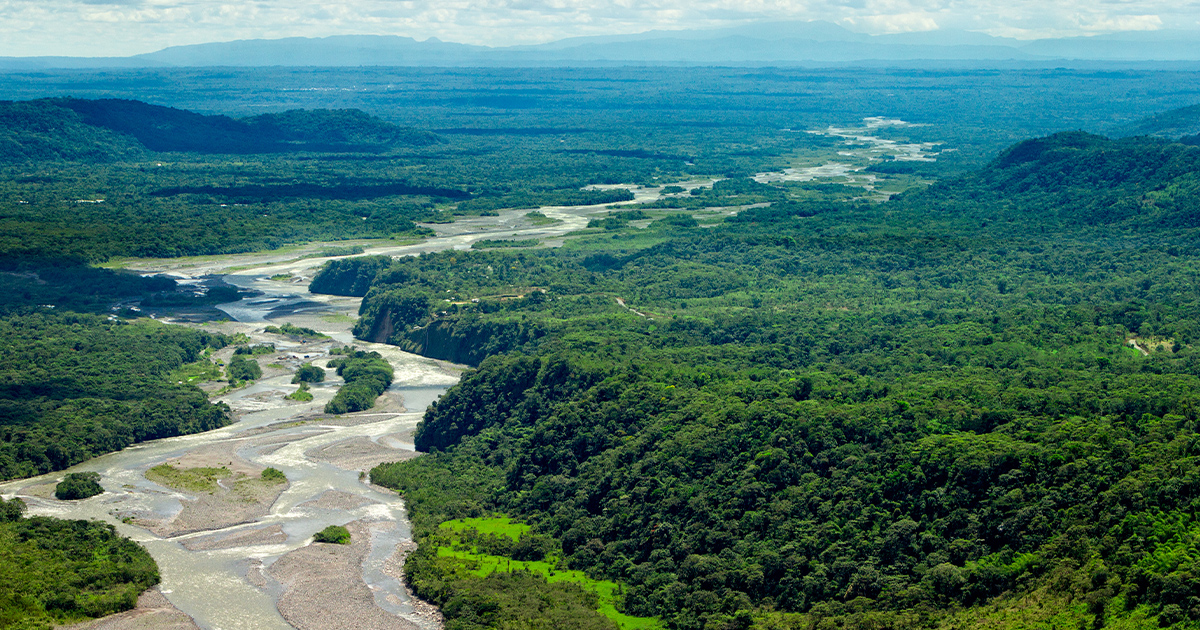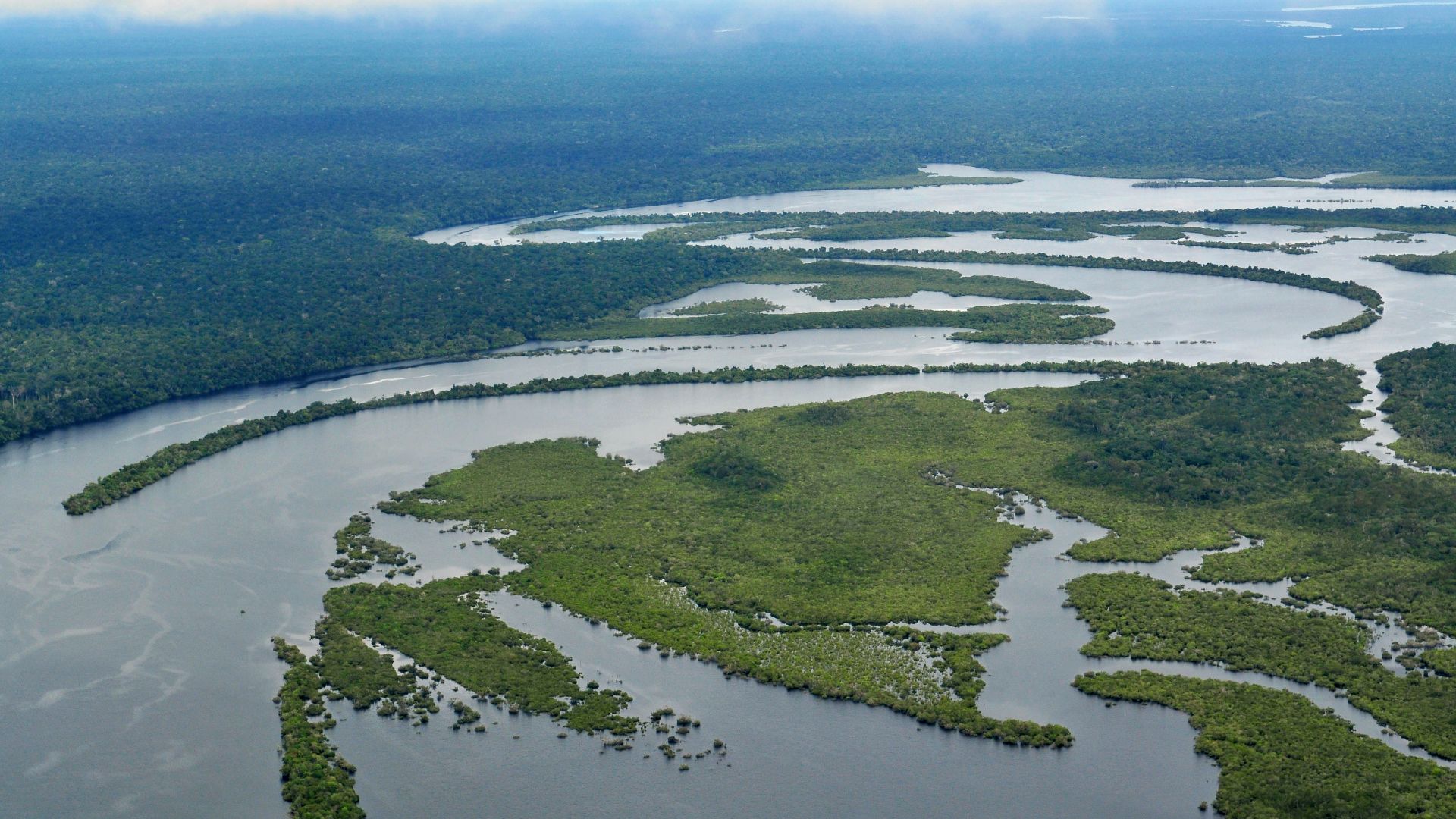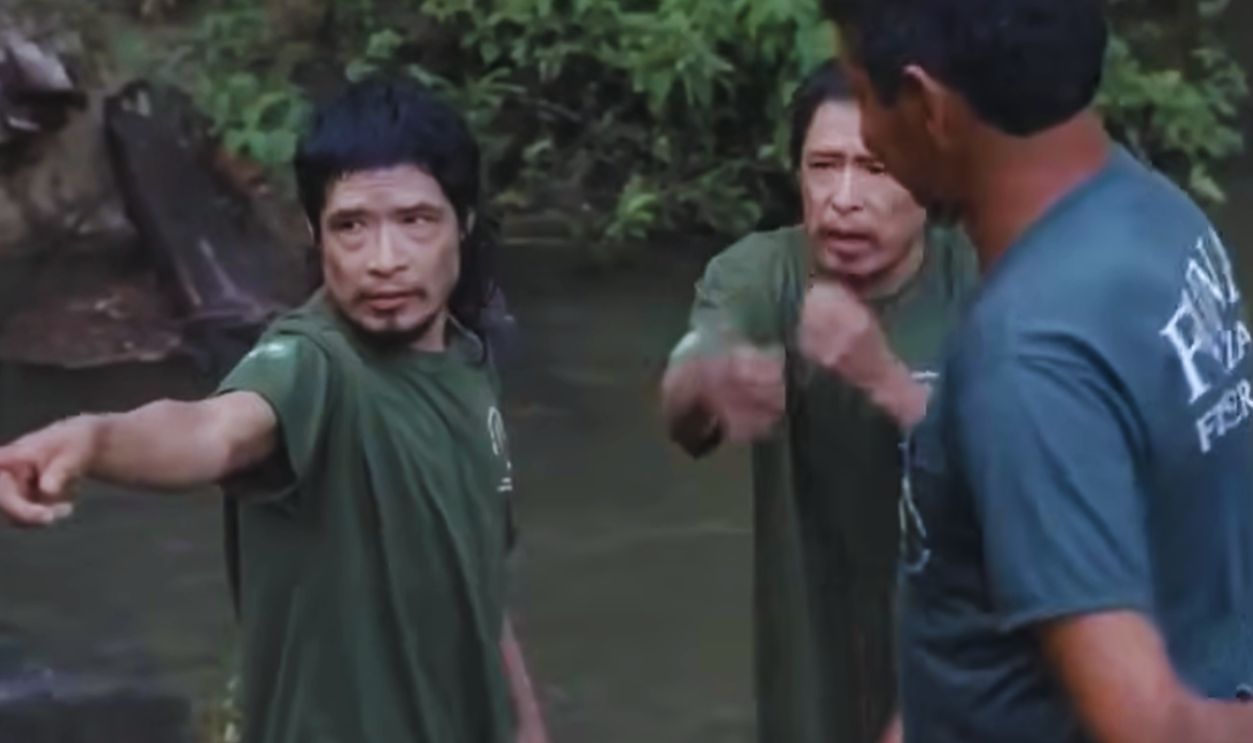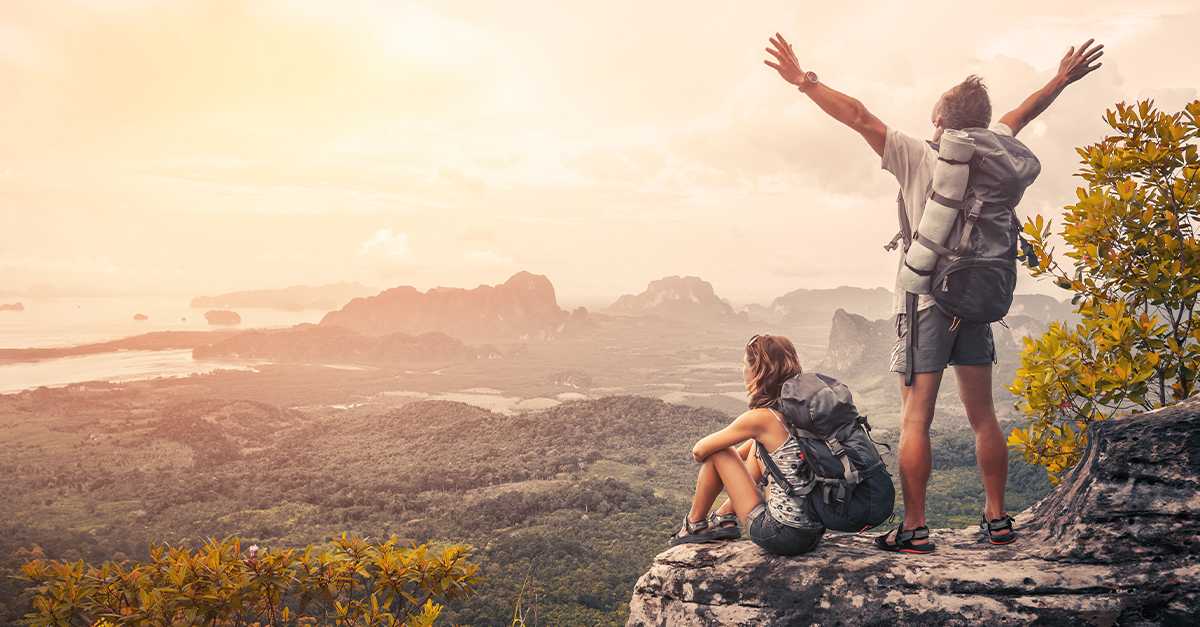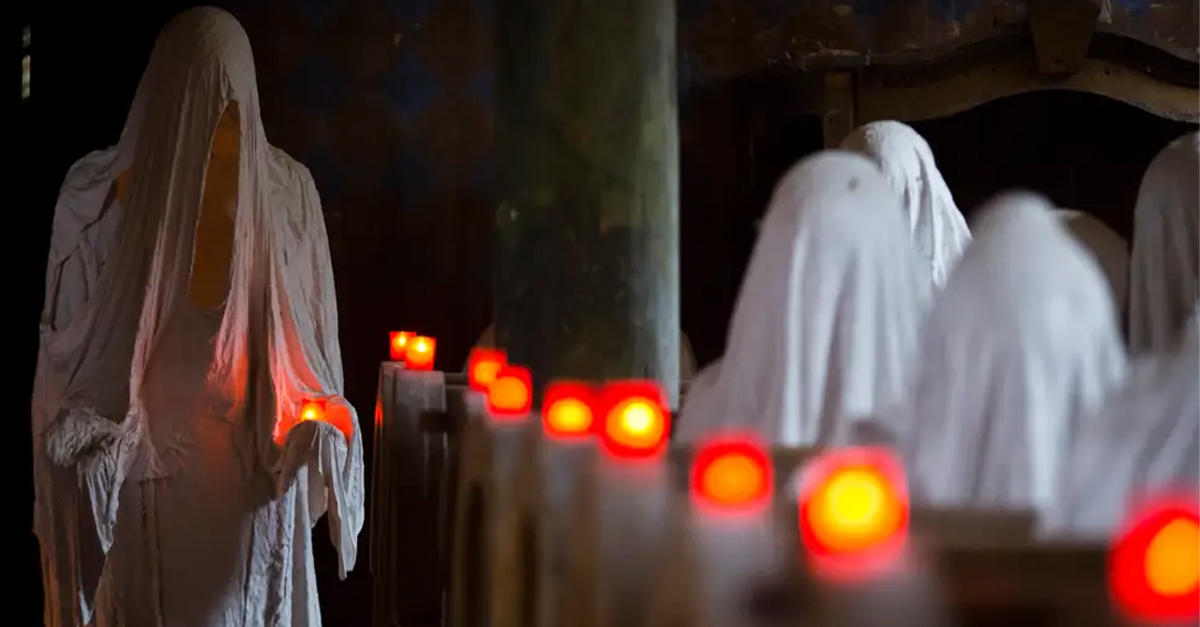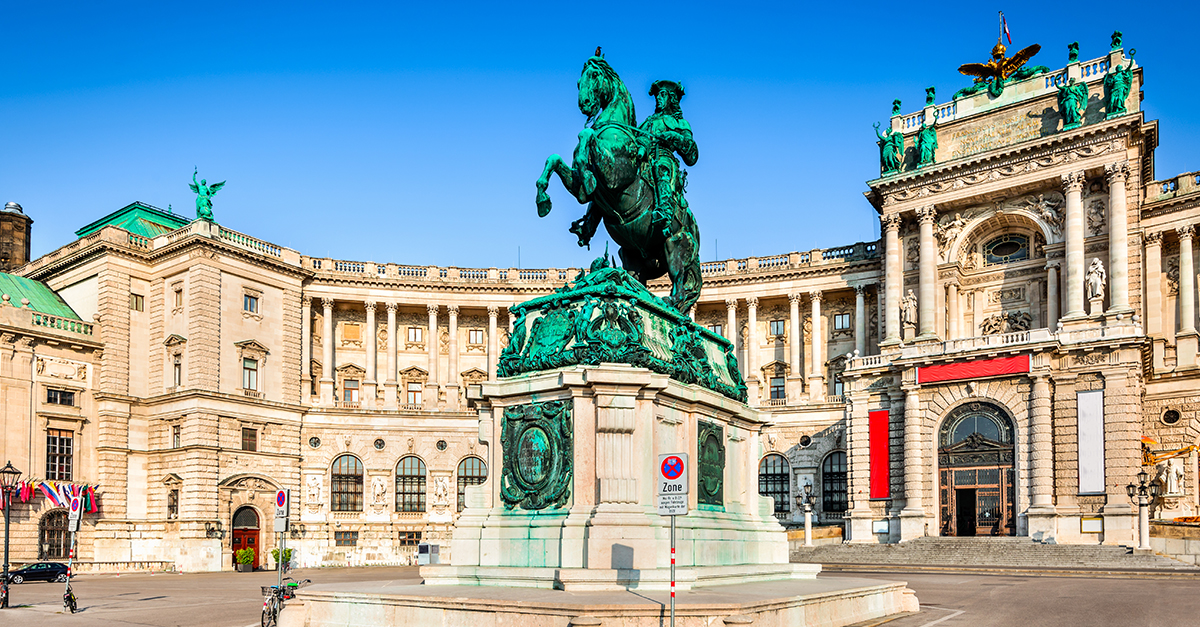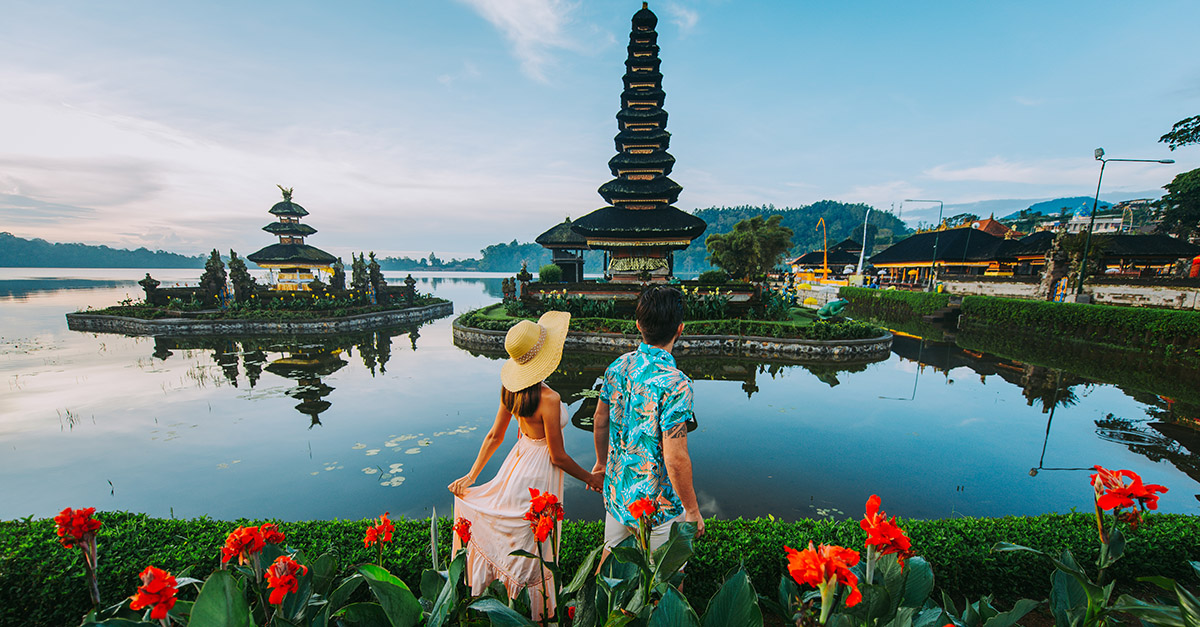The Tribe That Refused to Disappear
In the deep forests of Mato Grosso, Brazil, lives one of the most astonishing and mysterious tribes on Earth: the Piripkura. For decades, they were thought to be gone. But against all odds, a few members survived, moving like shadows through a rainforest under siege. This is the heartbreaking and powerful story of a people who refused to vanish.
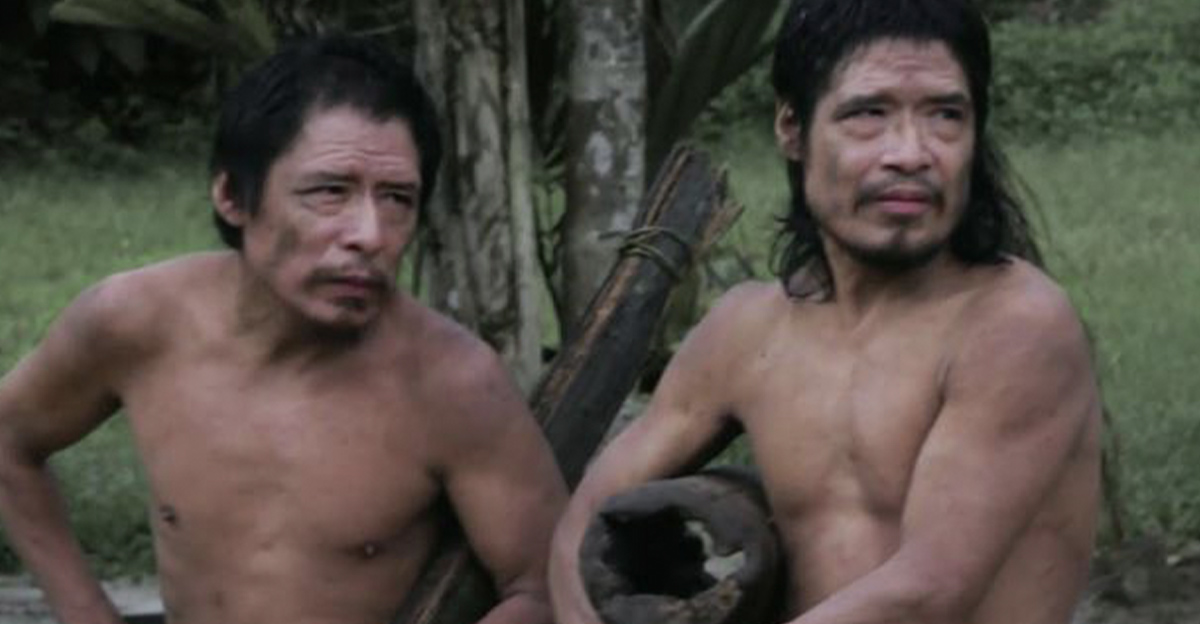
Once a Thriving People
The Piripkura once lived freely throughout the Amazon, surrounded by rich rivers, endless trees, and the animals they depended on. They lived in harmony with the land, moving seasonally and building simple shelters from palm leaves. Their knowledge of the forest was profound—but it couldn’t protect them from what came next.
A History of Violence
Like many tribes in Brazil, the Piripkura faced brutal violence in the 20th century. Loggers, ranchers, and outsiders invaded their territory. Many were killed in massacres that were never fully investigated. Others died from disease brought by contact. Within decades, the Piripkura were nearly wiped out.
Hunted in Their Own Homeland
The surviving Piripkura went into hiding. Deep in the forest, they became ghosts, moving silently to avoid being seen. Logging companies kept pushing closer, bulldozing the trees, burning the land, and threatening to finish what colonization had started. But the Piripkura didn’t run to the cities. They stayed.
 Illegal Loggers: The Tribe Waging War in the Amazon, VICE News
Illegal Loggers: The Tribe Waging War in the Amazon, VICE News
Two Men in the Wild
By the early 2000s, only two Piripkura men were confirmed alive: Tamandua and Pakyi. They were uncle and nephew, living completely off the land with no clothes, no permanent home, and only handmade tools. Government teams occasionally searched for them—not to catch them, but to prove they were still alive, so their land could remain protected.
 Piripkura: The Last Two Survivors | Trailer | Documentary | Indigenous Brazilians, CinemaLibre
Piripkura: The Last Two Survivors | Trailer | Documentary | Indigenous Brazilians, CinemaLibre
Always on the Move
Tamandua and Pakyi lived like their ancestors: always moving, avoiding roads, and setting up tiny shelters made of leaves. They hunted with wooden spears and used fire to cook. Whenever officials checked in, the men vanished again, refusing to stay in one place long enough to be tracked.
 Piripkura: The Last Two Survivors | Trailer | Documentary | Indigenous Brazilians, CinemaLibre
Piripkura: The Last Two Survivors | Trailer | Documentary | Indigenous Brazilians, CinemaLibre
A Sacred Bond with Nature
To the Piripkura, the forest is not just home—it's sacred. It gives them food, shelter, medicine, and meaning. They live lightly, leaving no waste and taking only what they need. This deep respect for nature has helped them survive when everything else around them was being destroyed.
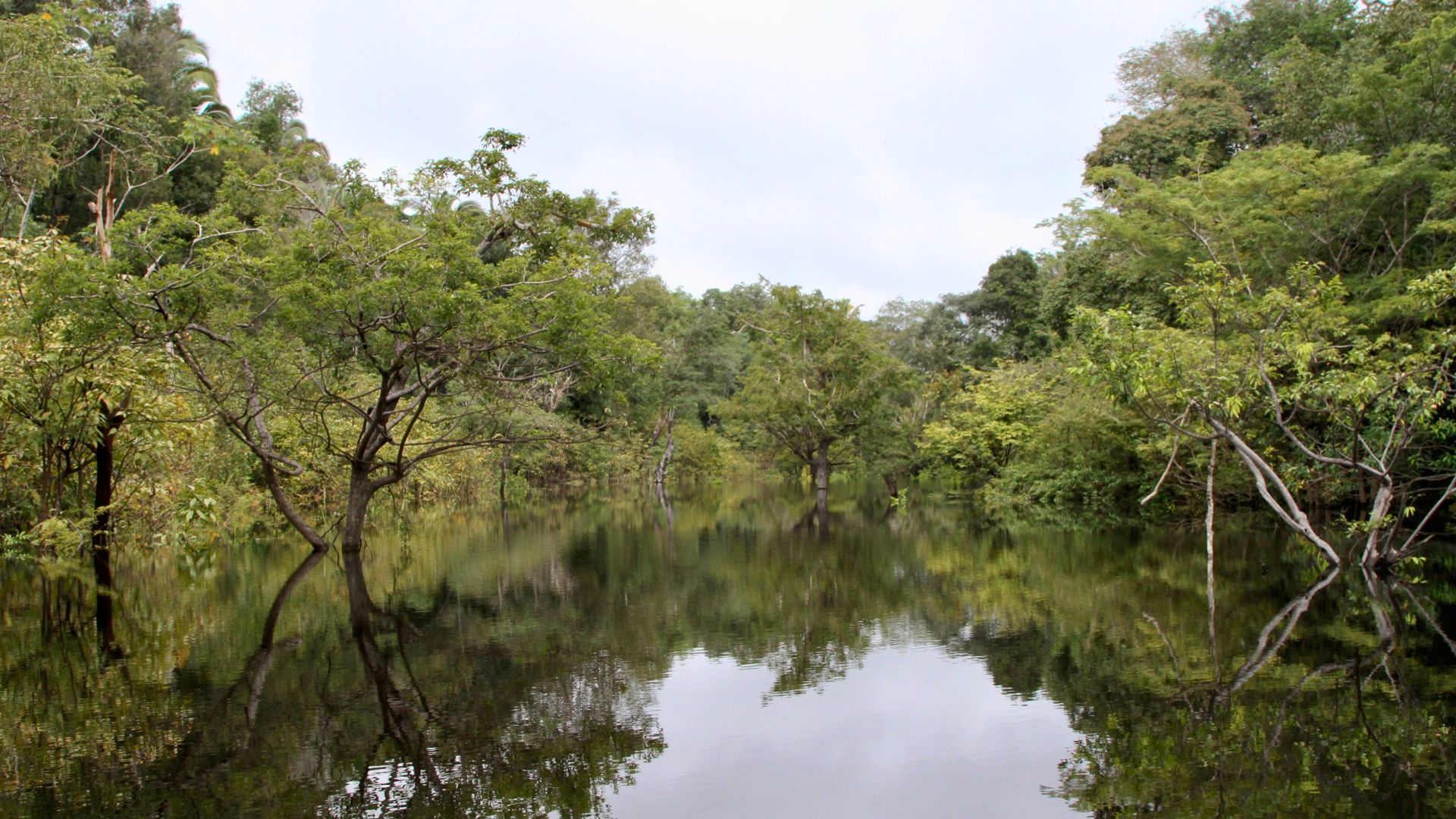 Alexey Yakovlev, Wikimedia Commons
Alexey Yakovlev, Wikimedia Commons
The Struggle to Protect Their Land
Brazilian law only protects uncontacted tribes if they can prove they still exist. That means Tamandua and Pakyi are regularly searched for to renew protections for the Piripkura Indigenous Territory. Without those visits, their home could be opened to deforestation and development.
The Race Against Time
Every year, satellite images show more trees cut down around their territory. Fire scars the earth. Illegal farms creep closer. Even with government recognition, the protection of their land is always fragile. If the Piripkura disappear, their land rights might disappear too.
A Third Survivor
In 2018, it was revealed that a third Piripkura may still be alive—a woman believed to be Tamandua’s sister. Very little is known about her, and she has remained hidden. Her existence adds to the mystery—and urgency—of protecting this fragile tribe.
 Piripkura: Rita on Violence, CinemaLibre
Piripkura: Rita on Violence, CinemaLibre
Life Without Technology
The Piripkura have no phones, no tools from the outside world, and no metal. Everything they use is crafted by hand from what the forest provides. They have lived this way for generations—a lifestyle nearly extinct in the modern world.
A Language Nearly Lost
The Piripkura language is unique and endangered. With so few speakers, it risks disappearing completely. Linguists have only documented a handful of words. Every conversation between Tamandua and Pakyi is precious—a living archive of an entire culture.
 If they kill them, there won’t be anyone left, Survival International
If they kill them, there won’t be anyone left, Survival International
Invisible to Most
The Piripkura avoid contact not out of fear, but from memory. They remember the killings. They remember the sickness. For them, survival means silence, solitude, and trusting no one. This makes them nearly invisible—but they are still there.
 Piripkura: The Last Two Survivors | Trailer | Documentary | Indigenous Brazilians, CinemaLibre
Piripkura: The Last Two Survivors | Trailer | Documentary | Indigenous Brazilians, CinemaLibre
Documented, But Never Disturbed
In 2017, a documentary crew followed efforts to locate the Piripkura. What they found was haunting: trails, temporary shelters, and evidence of life—but no direct contact. The film, simply titled "Piripkura," became a quiet call to protect those who ask for nothing but space.
 Piripkura: The Last Two Survivors | Trailer | Documentary | Indigenous Brazilians, CinemaLibre
Piripkura: The Last Two Survivors | Trailer | Documentary | Indigenous Brazilians, CinemaLibre
The Guardianship of Others
Because the Piripkura live in hiding, neighboring Indigenous groups and sympathetic researchers have become their guardians. They speak up in court, campaign for protections, and patrol the edges of the territory. Without them, the Piripkura might already be gone.
 Defending uncontacted tribes, Survival International
Defending uncontacted tribes, Survival International
A Lesson in Resistance
The story of the Piripkura isn’t just about survival—it’s about resistance. Against genocide. Against greed. Against being forgotten. By refusing to assimilate, they are quietly demanding the right to live on their own terms.
What We Still Don’t Know
There is so much we don’t know: their customs, their stories, their songs. Because they live apart, most of their culture is undocumented. Every detail we uncover is like a thread in a tapestry that might soon be lost forever.
The Power of Silence
The Piripkura do not make speeches or go on television. They speak through presence. Through endurance. Through their forest. Their silence is powerful, and it should not be mistaken for weakness.
One Spark Away from Extinction
With only two or three known individuals, the Piripkura are dangerously close to disappearing forever. One illness, one fire, one mistake could erase them. That’s what makes their story so urgent—and so sacred.
What They Teach Us
The Piripkura remind us that not everyone wants our world. They remind us that wisdom can look like silence, and strength can look like hiding. They teach us to see value in cultures we don't understand.
The Question We Must Ask
What kind of world lets the last members of a tribe fight for their forest alone? And what kind of future do we want if it doesn’t include protecting the most vulnerable among us?
The Last Free People
In many ways, the Piripkura are among the last truly free people on Earth. They owe no taxes. Follow no clocks. Answer to no governments. Their freedom is wild and raw. And it’s under constant threat.
The Forest Remembers
Long after we’ve paved roads and built cities, the memory of the Piripkura will live on in the forest—in the broken twigs, the quiet fires, and the paths that vanish with rain. If we listen, the trees will tell their story.
We Must Not Look Away
It would be easy to forget them. To say they’re too few. Too hidden. But if we care about human diversity, if we care about justice, we must not look away. The Piripkura matter. And their story is not over.
You May Also Like:
Photos Of The Tribe That Still Builds Floating Villages
New Evidence Of Uncontacted Jungle Tribe Emerges In Bolivia
Historical Photos Of The Unyielding Tribe That Refused All Peace Treaties

